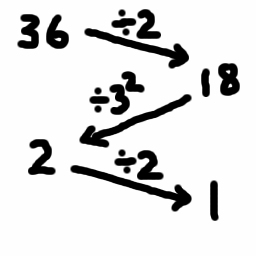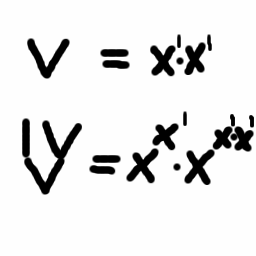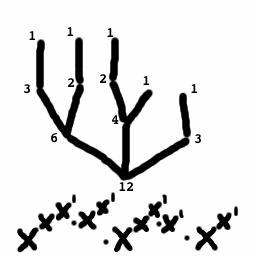The Number Game
To play the number game, choose any positive whole number n as your starting position. To make a move, choose a prime p which divides n. Then divide n by whatever positive power of p that you like, as long as the result is still a whole number. For example if n = 12, the valid moves are 3, 2, and 4 (22) resulting in the positions 4, 6, and 3 respectively. A player loses if n = 1 on the start of their turn, since this means they have no legal moves left.
- What does the game tree for the number game look like starting at n = 12? What is the best strategy for the first player? Who wins the game?
- Play the number game using different values of n. Which games are a win for the second player? Draw the game trees for some of these games and work out the best strategies.
|
 |






